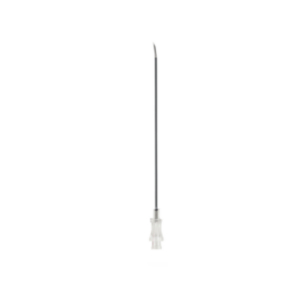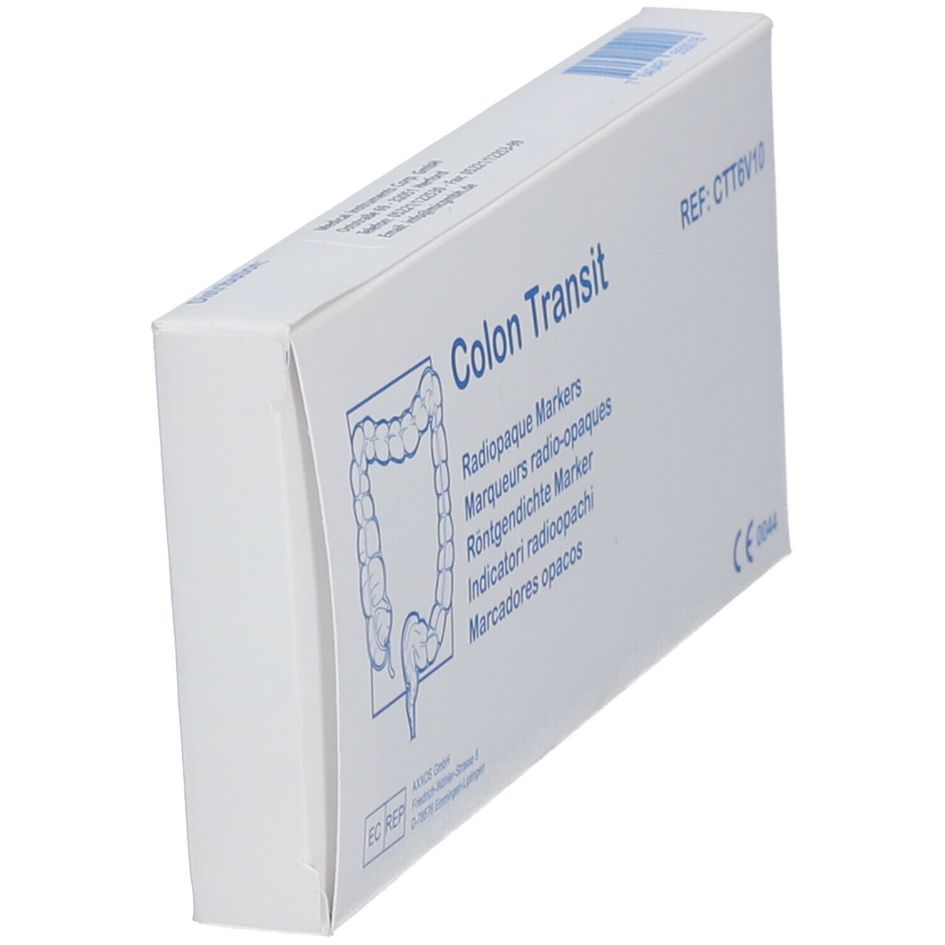

The skin over the swelling was of a normal color and texture, with no signs of infection, ulcerations, or scars. Case 3Īn examination of the face revealed the presence of a hard painless pre-auricular swelling located at the left mandibular condyle and associated with an obvious mandibular asymmetry. The patient was followed-up and remains with a normal occlusion and without clinical symptoms. Histopathologic examination confirmed the initial diagnosis of a peripheral condylar osteoma consisting mainly of dense bone ( Figure 2I). The jaw opening was restricted for 7 days, and active jaw exercises were recommended. Recovery was uneventful, without complication from the facial nerve. The osteoma was dissected and removed in pieces, leaving the head of the condyle intact. A standard pre-auricular incision with temporal extension was selected, and the affected area was exposed ( Figure 2E–H) with special care to avoid trauma of the facial nerve branches.

Written consent for the surgical removal of the lesion was obtained and the operation was performed under general nasotracheal intubation. A history and clinical signs or symptoms of Gardner’s syndrome were absent and a gastroenterologist’s consultation excluded Gardner’s symptoms. The suspicion of a peripheral osteoma was raised, but the differential diagnosis also included chondroma and osteochondroma. Moreover, the patient was alerted to keep in contact with a gastroenterologist.Ī panoramic X-ray showed an enlargement of the right mandibular condyle, and a 3D reconstruction CT-imaging revealed a large osteoma of the right mandibular condyle, which was well-circumscribed from the surrounding condylar head ( Figure 2C,D). A diagnosis of Gardner’s syndrome was excluded due to absence of multiple osteomas, especially in the facial bones, abnormalities of the remaining skeleton, sebaceous cysts, or a history of adenomatous polyps. Differential diagnosis included osteoma, osteochondroma, or chondroma. Imaging findings, along with history and clinical findings, raised the suspicion of a benign bone tumor of the right mandibular condyle. A CT-imaging revealed a 4 × 3 × 1.5 cm 3 well-defined, radio-opaque lesion ( Figure 1C). A panoramic X-ray revealed a compact radio-opaque lesion on the external surface of the right mandibular condyle ( Figure 1B). The neck palpation was negative for lymphadenitis of the regional lymph nodes. The mouth opening was normal, without pain during chewing.
#GUIDELINER RADIOPAQUE MARKER FREE#
His history was free and the patient referred no previous trauma, infection, or any other irritating factor at the affected area. The swelling was painless, compact in palpation, and had slowly increased in size over the last months ( Figure 1A). In the two cases that accepted the proposed surgical treatment, no recurrence and no complication was observed.Ī 45-year-old male was presented to our office with an extra-oral swelling located at the right pre-auricular region, dating back over a year. An osteoma of the mandibular condyle is very rare and surgical treatment is challenging for the surgeon with regards to the approach selection and the related complications. Peripheral osteomas of the maxillofacial region are uncommon, and some cases with multiple osteomas are related to Gardner’s syndrome. The proposed surgical treatment was accepted by half of the patients, while the remaining half declined the operation after a confirmation of the diagnosis. Three of the patients were male and one was female all were of middle age (45–65 years old). One patient had only an aesthetic disturbance, with facial swelling, and the other three patients presented disturbances of the mandibular function, including deviation during mouth opening along with malocclusion.

Gardner’s syndrome was excluded from patient history and clinical evaluation. Diagnostic procedure included clinical, radiographic, and histologic criteria. A retrospective study of files from our Department of Oral and Maxillofacial Surgery over the last 6 years revealed four cases of peripheral osteomas located in the area of the mandibular condyle. The purpose of this article is to present four new cases of peripheral osteoma of the mandibular condyle and the literature review.


 0 kommentar(er)
0 kommentar(er)
